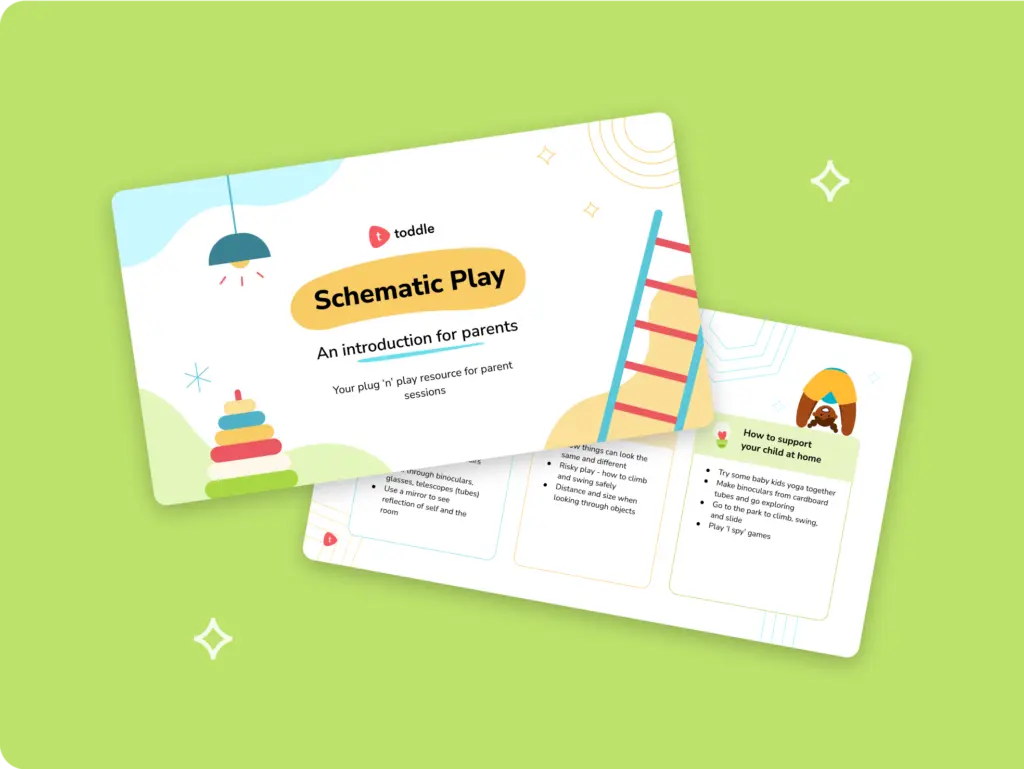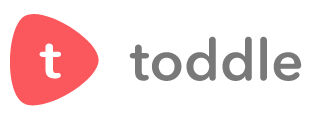Three Ways to Use Concepts in the Early Years
There will not be a significant improvement in education until teachers (and administrators) understand the importance of concepts and conceptual understanding to intellectual development, deeper understanding, and student motivation for learning.
Dr. Lynn Erickson
Significant improvement in education is what we strive for, right? The goal of many educators, who desire to create a concept-driven inquiry classroom, is for learners to think deeply and conceptually while transferring and applying concepts across the curriculum. If you are an educator looking to improve your practice, teaching conceptually will have a profound impact on learning. But how?
I am going to share with you the inquiry-based, conceptually-driven journey my teaching partner and I recently had with our 5-7-year-old learners during a ‘Who we are’ unit. I will end with some suggestions for how you might start playing with concept-based learning in your early years classroom.
Highlighting concepts while planning
Many times when planning a unit, teachers want to jump right into the question:
“What are we going to have the kids do?”
I would recommend resisting the urge to do this. We begin by thinking about the concepts in our initial planning. Our central idea for our ‘Who we are’ unit of inquiry was, ‘Relationships affect well-being.’ Immediately, we had two big concepts that we knew we wanted to work with: relationships and well-being. So, before moving into the possible resources to use and learning engagements to create, we used Miro to brainstorm the key concepts and the related concepts that this central idea raised.

We knew that if our unit was to be relevant, engaging, significant, and challenging for our learners, we needed to inquire into how this central idea might be applicable to the lives of our learners. We thought about the types of relationships that the learners would relate to most; friends and family. Our immediate next thought was that we could explore their roles in these relationships, which brought about the concept of responsibility. Finally, we wanted learners to be able to connect the concepts of relationships and well-being while exploring how relationships work (function).
‘Relationships affect well-being’ is very relevant to our learners who have not had a chance to socialize due to the pandemic. Many learners had not seen their friends in a long time. Parents had shared concerns about the well-being of their children. Both the pandemic and school closures were significant events in the childrens’ lives. So, with a sense that this central idea ticked the criteria boxes, we started to brainstorm. Several questions related to the central idea automatically came to mind, including:
- How will they make new friends or continue friendships while learning online?
- Are there actions that the learners might be able to take to strengthen their friendships?
- What will help build relationships for when we are allowed to learn face to face?
Then, we identified the key concepts that we wanted to explore: function, responsibility, and connection. We now had 7 concepts to explore: relationships, wellbeing, function, responsibility, connection, friendship, and family. Next, we asked ourselves, what are the resources and tools we might use to dig into these concepts? What could the learners do, even while learning remotely, to inquire and find out for themselves?
Asking conceptual questions
One of the resources that became a touch-stone text was Mem Fox’s Wilfred Gordon McDonald Partridge. In the text, a boy, Wilfred, inquires into the concept of memory when he finds out his friend in a nursing home has lost hers. He takes action by asking all of his friends, “What is a memory?” in order to understand how he could help his friend get hers back.
We shared this story with our learners to inquire into what a relationship was and how it worked. Afterwards, our learners interviewed their friends and families at home using the sentence frame from the book, “I called on…. (eg: my mom)… What is a (relationship) I asked?” Learners recorded the answers in their journals. We continued with this investigation pattern when we inquired into friendship and then, well-being. This allowed learners to uncover the form and the function of three of our concepts.


As a teaching team, we modeled asking conceptual questions of well-being in the language of first graders such as, “What makes us happy?” and “What makes us lonely?” Our provocations included watching clips from an Australian TV program entitled, Old People’s Home for Four Year Olds. The show shares how relationships develop between the four years and the older people in an aged care setting. This provided the impetus for deeper conversations focused on the function of relationships and the connection between relationships and well-being. How do we make friends? What are our responsibilities within our relationships?


Making conceptual connections visible
We used the Frayer Model to help uncover these concepts further.
Next, my teaching partner, Chantelle Love, collected all the questions and comments we had collected on our Jamboards and anecdotal records and placed them on virtual sticky notes on our Miroboard. We got together with our learners in small groups to group concepts, and identify themes that emerged out of their questions and comments. Here is an image of the concepts that emerged:

Placing these concepts on hexagons allowed us to explore hexagonal thinking. Our learners could explore the connections between the concepts within their context. We encouraged them to think about the concepts that went together well and could be connected, concepts they felt did not connect with others because of the current situation, and also got them to reflect on why they chose to connect the concepts they did. We gave them the option to work with printed hexagons that they could glue into their journals or digital hexagons on google slides.

Here is one learner’s response:
“I connected friends with helping because friends help each other. I shared toys with my friends. I connected friends with playing because we always find time to play together. I connected family with celebration because we always celebrate together by eating outside and going outside the country. My family is the only people I trust. We always have fun together as a family.”
As a result of the learners’ hexagonal thinking, we noticed that a few learners had shown a disconnect between the playing, loneliness and celebrations hexagons. Upon discussion, we found out that birthday parties had not happened for some time due to the pandemic. We asked the learners to brainstorm solutions to these three issues. They voted on which solutions they thought would work best via Google Classroom. In the end, we chose to celebrate people’s birthdays in a class by singing, ‘Happy Birthday’ (celebration solution); having a Wednesday morning ‘Tea Time’ where we could play (playing solution), and we would lookout for people that seem lonely and send them a message (loneliness solution).
Therefore, we were able to keep this unit conceptually driven and seamlessly help transfer these concepts to other subject areas. In Math, we looked at the relationships between numbers and we expressed these as well-being equations (for example, love + friendship = relationship).
Even now that we have moved on to our next unit, Where we are in place and time, our learners refer back to our first unit. While reading the Cambodian version of Cinderella today, the learners noticed that the wicked evil stepmother would affect Angkat’s well-being with all of her meanness.
So, that begs the question, how might you think more conceptually about your next program of inquiry?
Our three suggestions would be:
- Start thinking conceptually first – resist the urge to move into what the students are going to do.
- Allow for concepts to emerge from the students thinking
- Try hexagonal thinking!








